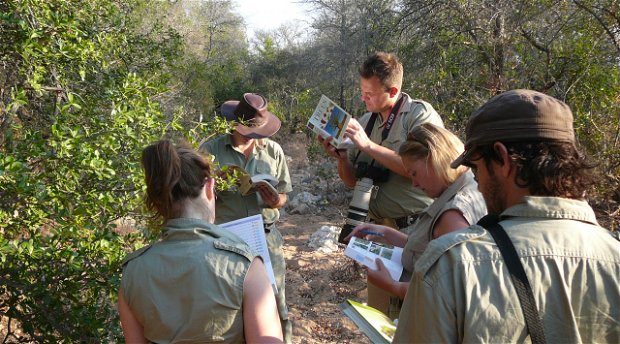A Tree encounter

Our blogs form part of a number of short stories where wilderness experiences can be found. They can serve you to remind that observing wilderness restores you, coaches you and inspires us to create your world. When we look with new eyes at nature, it offers us clarity, purpose and meaningfulness for our own life. This blog is about how we can easily enjoy being at a tree we like and that this time can be meaningful to our life as well.
A new way of being in nature is unlocked by this simple and fun exercise We start by walking around randomly in your area that you live. Stop at any tree you really like most. We further do two things. First, we identify the tree. Secondly, we spend some attentive time with it. You can use these 7(seven) tree identification principles, that any outdoorsy person can learn, to identify a tree. Having a good tree-identification book is important in this identification step. There are also several great tree apps available that you can download for this purpose.
First we look from a distance at the general size and shape of the tree and decide in what type of tree-group it falls in. Does it have a pillar-shaped upwards growth form? Maybe it has a more roundish side-ways growth form? Second, we look at the type of stem and bark of the tree stem. Is it one singular, straight stem or does it have a different growth form? Maybe it is multi-stemmed? What colour is the bark? Is the bark rough or smooth? Does it have lines or maybe a geometrical pattern in it? Thirdly we take a look at the leaves. Are they compound or simple leaves? What is the colour of the leaves? How does the leaf-margin look like? What does the leaf-venation look like? Are there any fluids coming out of the leaf when you break it? Is the tree evergreen?
Fourthly, are there any flowers on the tree? How do the flowers on the tree look like? Fifthly, are there any seeds on the tree or below the tree on the ground? How do they look like? Sixthly, we look in detail at the young branches. How do these thin, young branches look like? Are there maybe any small hairs on them? In what way are the leaves attached on the branches? In bundles? Alternate? At the branch tips? What colour are the branches? Lastly, we decide what type of terrain the tree grows on. Is it a rocky, clay or more sandy soil? Is it close by a river a small creek? Next to a lake or Is it high on a hill? Was it maybe planted there by people or did it naturally arrive there? Does the tree belong in this terrain? Can it often be found there? Decide now on the tree species you think it is. Check in the tree-identification book if you can read any other extra information about this specific tree.
Now we go into the second part of the exercise. We take time to sit down or stand close by the tree at any distance from the tree that feels right to you. We take five minutes time to be in its presence. Just let go of your thoughts and enjoy the tree. Imagine its life-journey. Beginning from a little seed into this fully grown magnificent tree. Reflect in this time what it is exactly, that made you choose this one tree. Then, after the five minutes. Ask yourself this general question; What does this tree make more meaningful or insightful for me today? Or, What does this tree show me at this moment and place that I am in my life? You can just wait what impulses or images come up inside you. Make notes in a note-book on any answers, emotions, thoughts, words, colours images or ideas that start to arrive that will be of importance for you today. Close-off this exercise by saying “thanks” to the tree in silence. Guess what. You just experienced a meaningful tree encounter!






Share This Post